Audiophiles, distinguished by their acute hearing, prefer pristine analog systems, meticulously assessing each component’s contribution. True purists seek vintage masterpieces like Western Electric’s concert hall systems for unparalleled tonal quality.
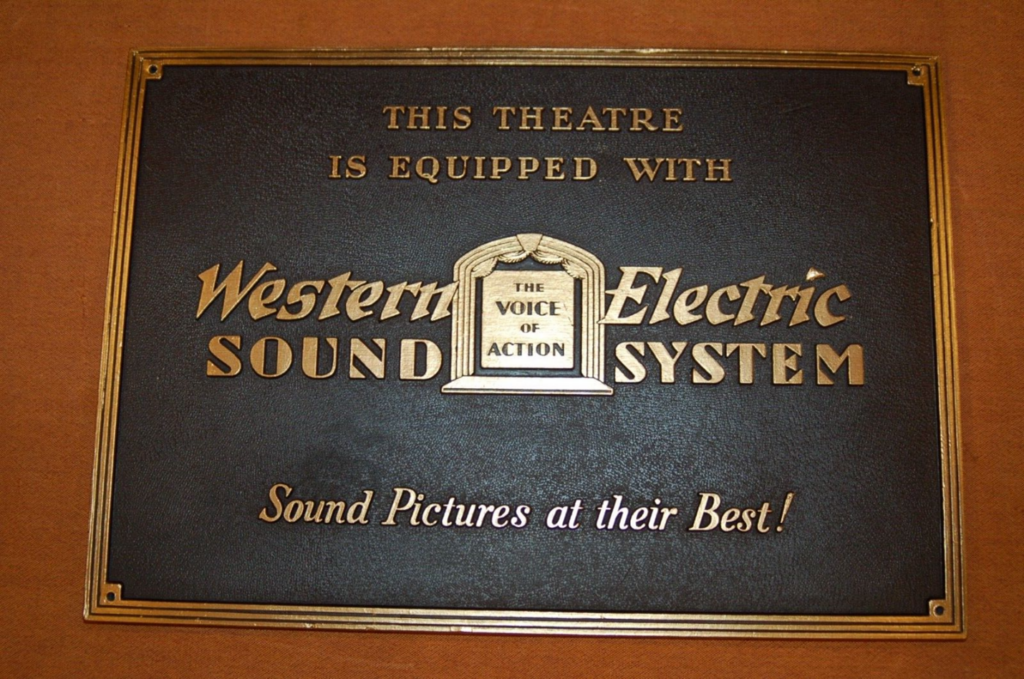
We talk a lot about pixels here at JPR, but imagine what the spectacular movies and video games would be like with crappy sound or without any sound.
There are two types of people: audiophiles, and everyone else.
Andrew Han is a five-star, gold-plated audiophile.
An audiophile is a person who loves listening to high-quality sound from a stereo or home theater. Audiophile-grade recordings and equipment are designed to reproduce music without distortion or coloration.
The key word in that definition is listen. To be an audiophile, you need to have amazing hearing. And it can be frustrating because, like a dog, an audiophile can hear things other humans can’t. They are basically biological spectrum analyzers.
Most audiophiles—the true, real purists—prefer and demand an end-to-end analog system. And they can subjectively assess the contribution or detraction of every element in the system—from the source (LP preferred) to the pre-amp, equalizer, final amp, crossover network, and final filters—and even the quality and type of wires that connect the various elements.
This leads the purist to look for systems built by the masters in the golden ages, much as a musician searches for a Stradivarius violin or Steinway piano. To many audiophiles, Western Electric’s concert hall sound systems from the 1920s to the 1950s represent the zenith in tonal quality and faithful reproduction of sound.
Andrew is all of the above and has built a collection of restored and functional systems that, when heard, are simply astonishing for the clarity, quality, and faithfulness of reproduction. Some of them are quite large and magnificent.
His first system consisted of two giant (as in 6-feet-tall) curved horns driven by an 8W amplifier. Yes, 8W. Actual power consumption is around 2–3W per channel.
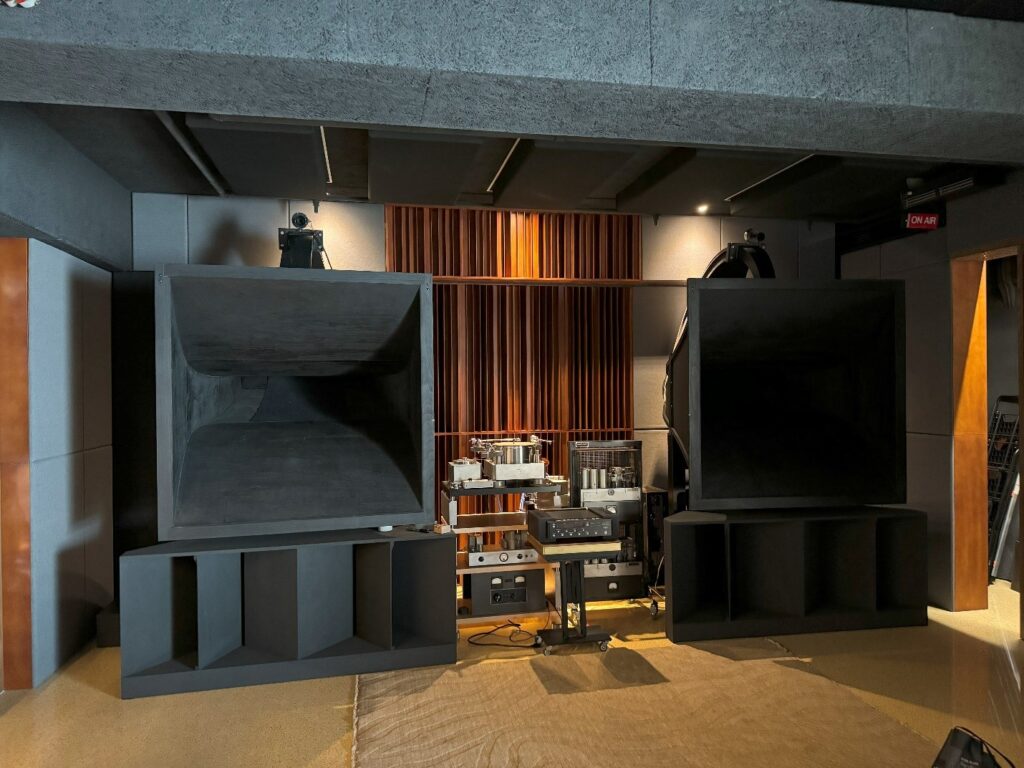
Notice the tweeters on top of the horns.
Sitting on a curved sofa, you can swivel around, literally on an 8-foot carpeted turntable, to listen to the second system. It is a bit smaller, with a driver/horn system that’s about 5 feet tall. The tweeters are under the horns.
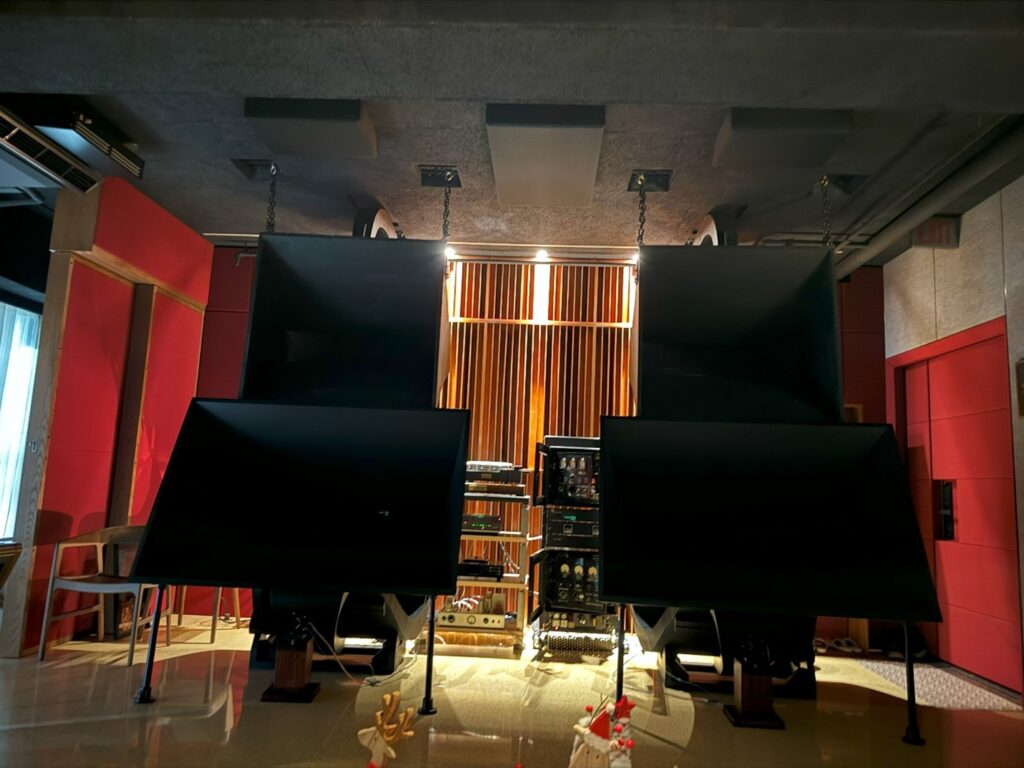
The amplifier panel for these monster audio horns looks like something from an old black-and-white movie.
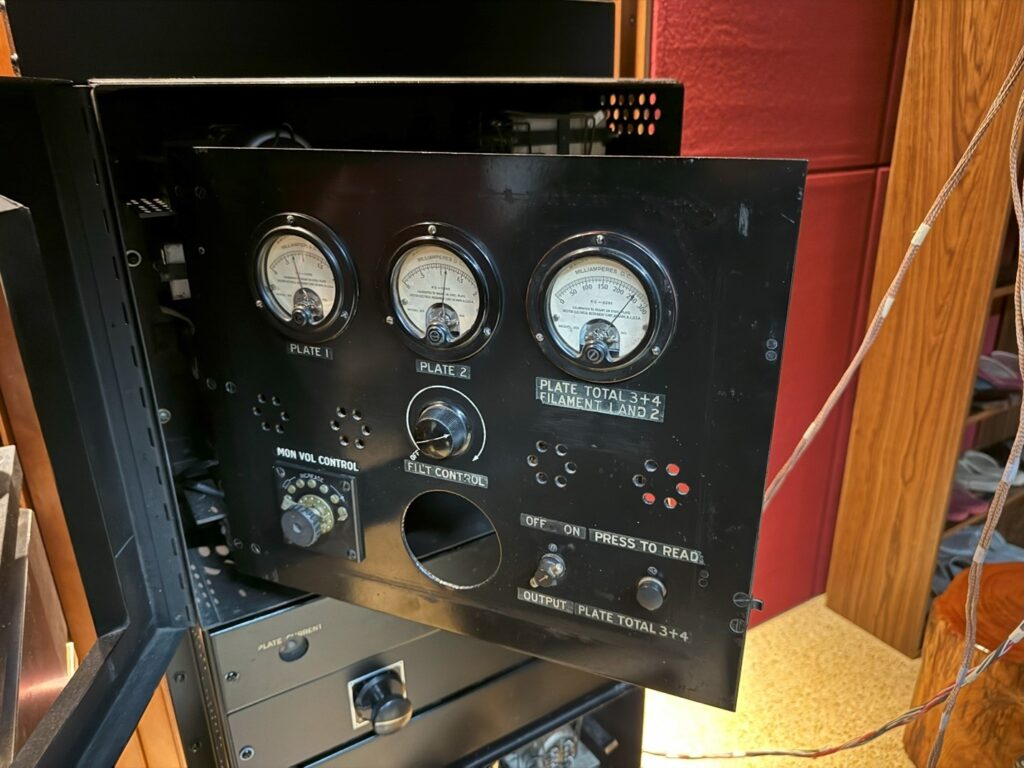
Andrew rebuilt another 1927 system with a dual-feel horn system that had to be suspended from the ceiling.
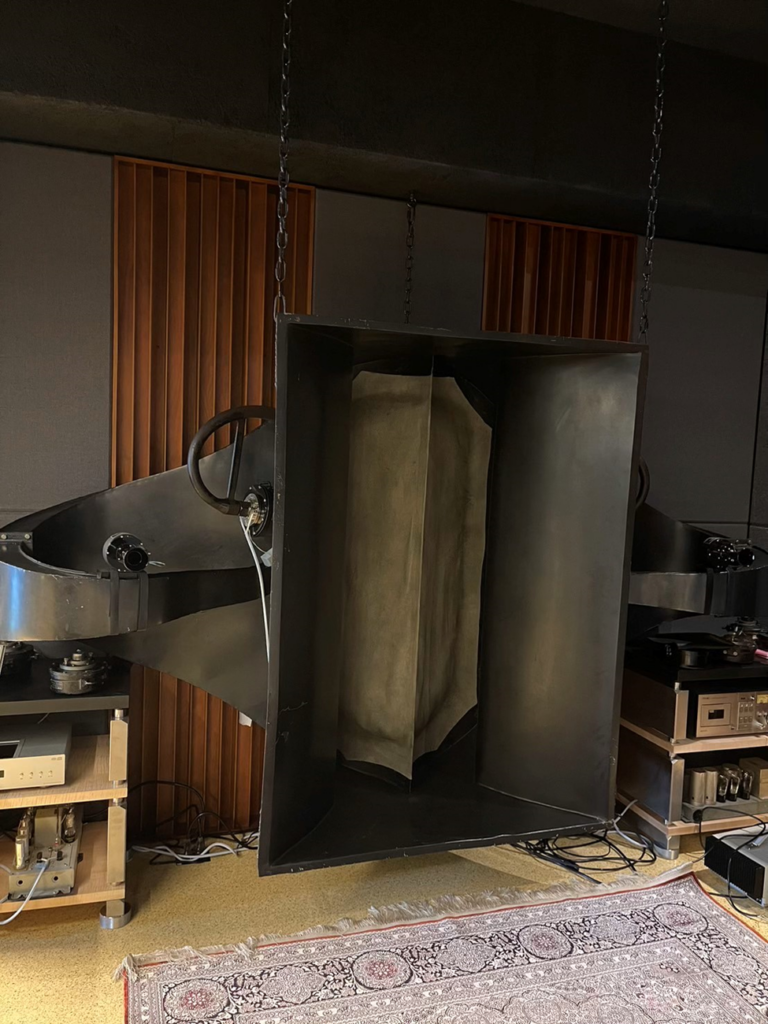
Two drivers (look for the large, back curved cable on the left of the horn) are on each side of the dual-horn assembly, and the tweeter sits on the horn’s waveguide. You can see a backup driver under the waveguide on the table to the left. That actuator needs a whopping 1.8W to deliver the most amazing sound you have ever heard. The amplifier can be seen on the table’s bottom shelf to the right.
Western Electric also built smaller units in the 1940s and ’50s. They came on the scene before home entertainment systems, and only the rich, with large houses, could accommodate (or afford) them.
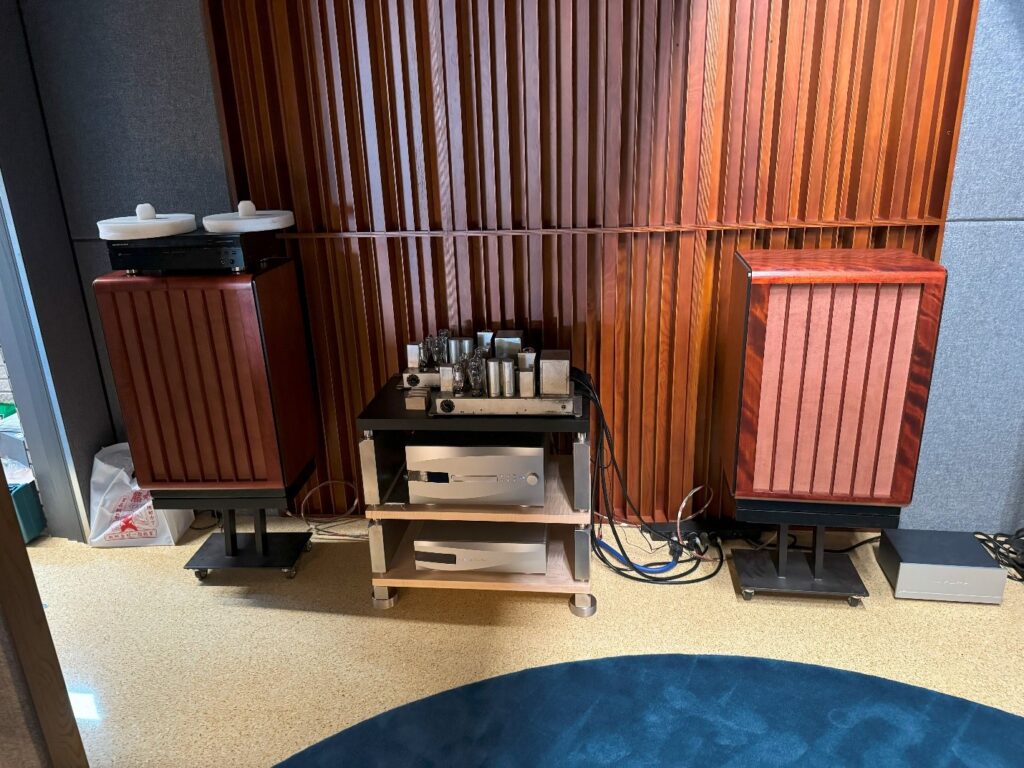
The amplifier is on the top shelf of the cabinet in the middle. Note that this and the preceding systems were dual-channel, which would come to be called stereo.
Trying, but not really succeeding, to stay with the times, Western Electric brought another home system that delivered great sound but could not meet the consumer pricing of the day, and the company didn’t sell enough to pay for the development and production.
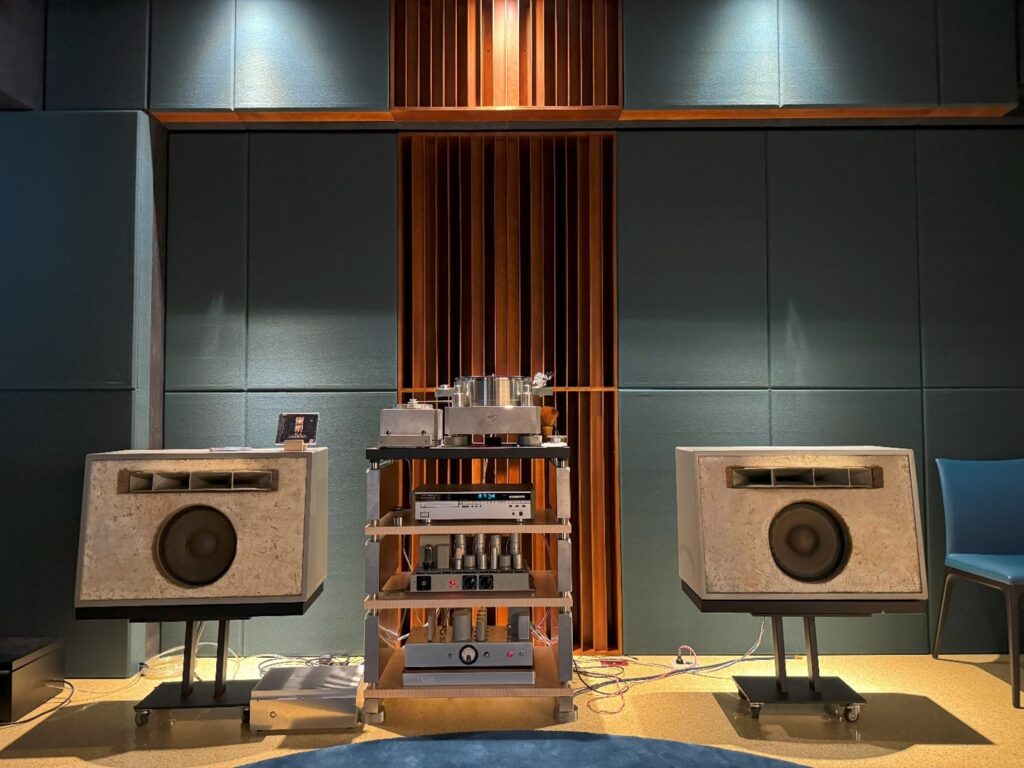
The amplifier is on the third shelf, a modern turntable on the top, and a high-efficiency power supply on the bottom shelf. This system used speakers with a built-in tweeter at the top.
All the systems sounded great, and if you had good enough hearing and paid attention, you could hear (and in some cases feel) the difference from one system to the other.
In his worldwide search for components and parts to restore and rebuild these classic systems, Andrew came across a lot of other interesting and fascinating devices he couldn’t resist, even though he didn’t need them for the restoration. They ended up in what I call Andrew’s audio museum.
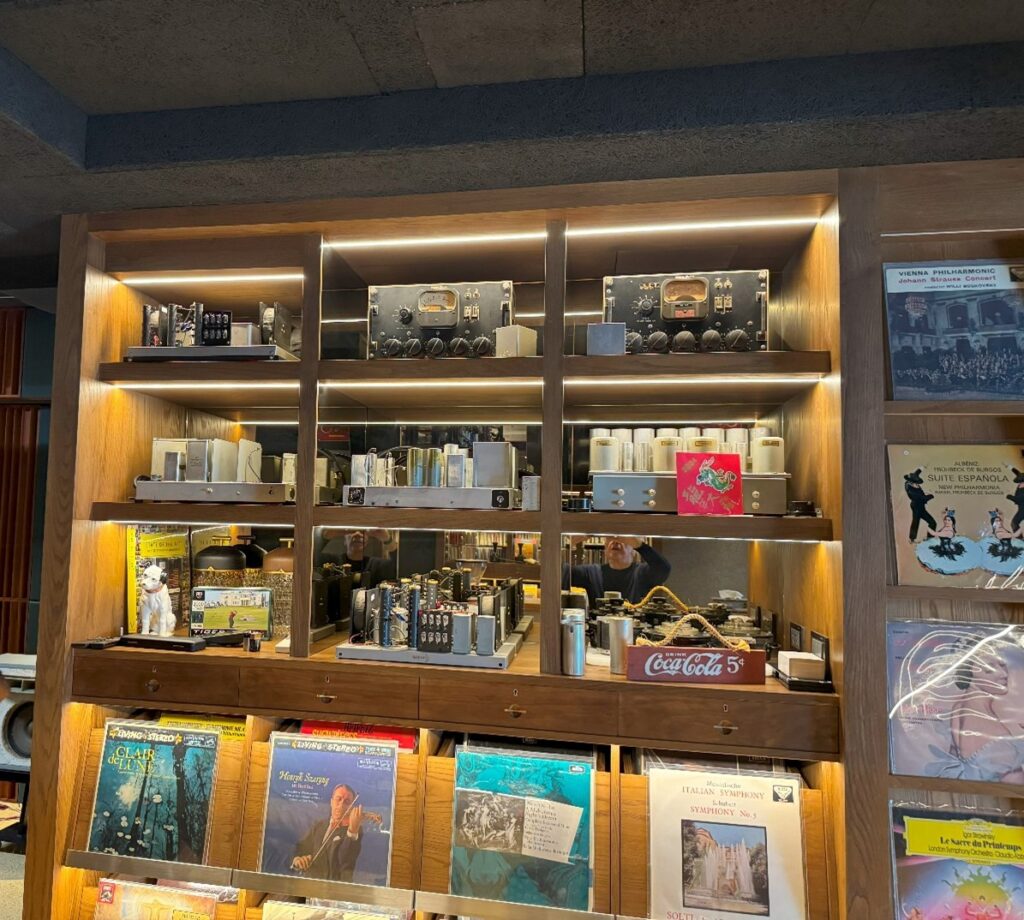
How would you use such systems if you didn’t have high-quality source material? So Andrew became an inadvertent media collector, too.
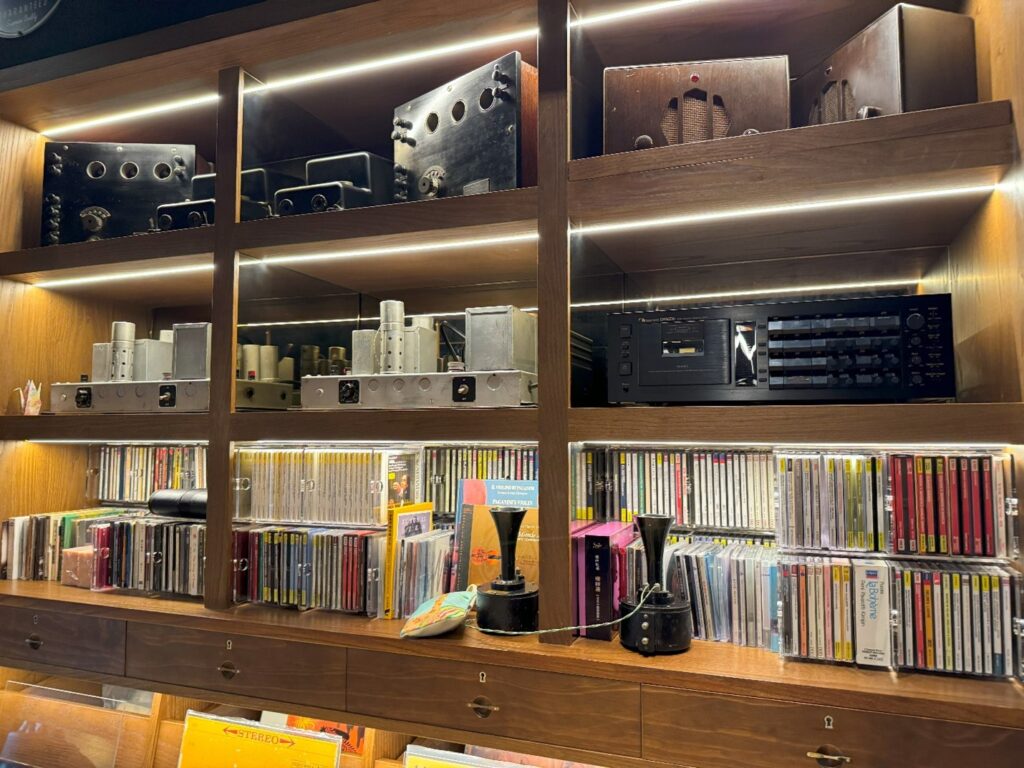
However, Andrew doesn’t live in the past, so his audio listening suite includes RGB lighting, which can modulate or be set to project a mood.

Andrew is a modest and private man, and so far, he has shrugged off my encouragements to share this treasure with the public. For us, and few privileged who have visited and enjoyed it, it’s an experience we’ll never forget.
Epilogue
The engineers at Western Electric, who later founded Altec Services Company, pioneered motion-picture sound technology, debuting with The Jazz Singer in 1927. Initially, Altec Services Company maintained the theater sound systems it had created. In 1941, it acquired Lansing Manufacturing Company, merging the two entities to establish Altec Lansing Corporation. Leveraging Lansing’s manufacturing prowess, they diversified into producing horn loudspeakers, rapidly expanding their product line.